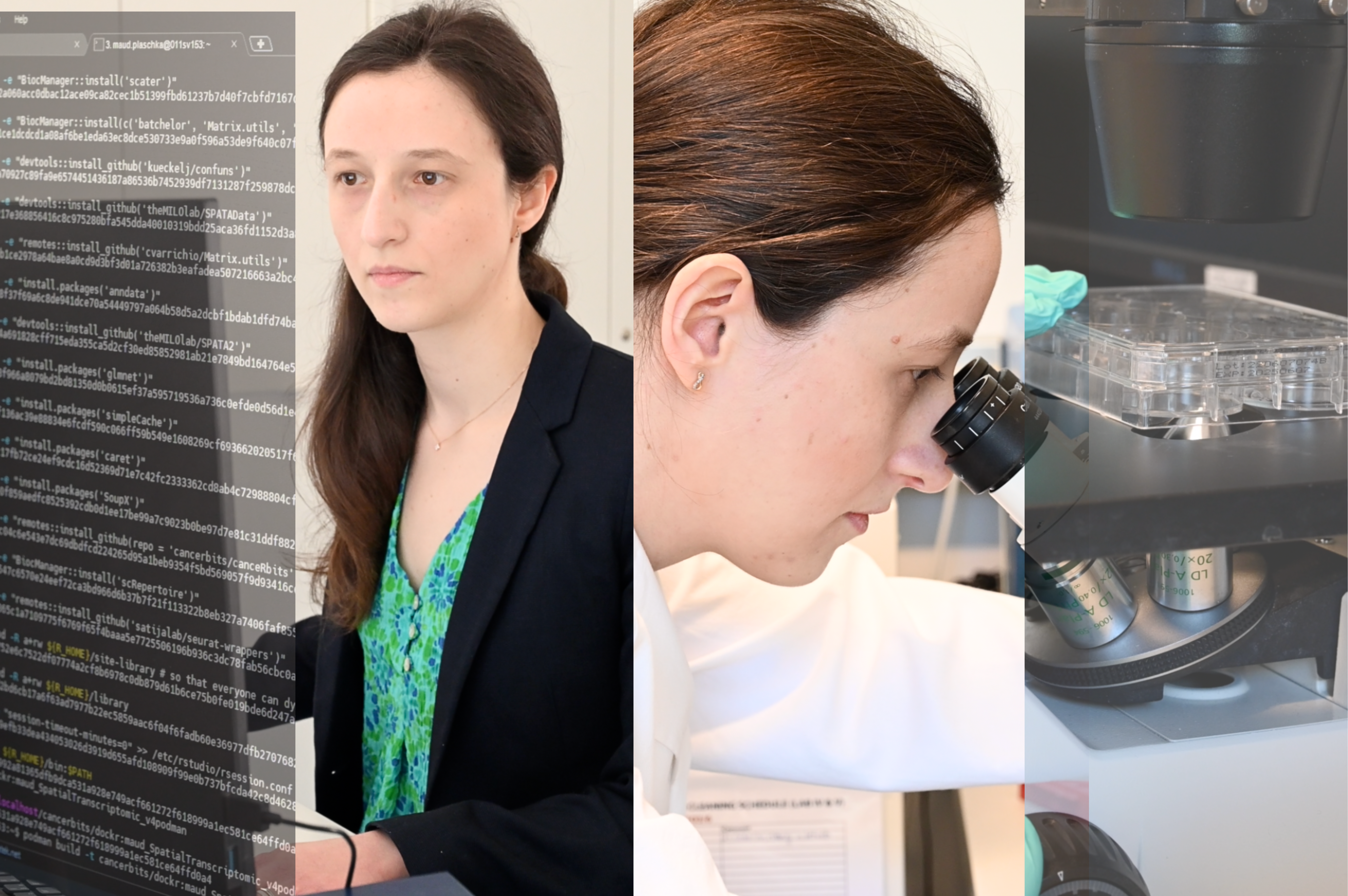FWF’s ESPRIT Program supports Research on β-Catenin in Wilms Tumor
The Austrian Science Fund’s ESPRIT program has awarded funding to Maud Plaschka’s project focused on exploring β-catenin’s role in Wilms tumor, recognizing the need for innovative research in pediatric oncology. This initiative aims to determine the therapeutic potential of β-catenin inhibitors, addressing a significant gap in current treatment options for this common childhood kidney cancer.
Key Highlights
- Maud Plaschka explores the role of the oncogene β-catenin in Wilms tumor to pioneer new treatment avenues.
- β-Catenin’s pivotal function in oncogenesis is well-documented, yet its impact on pediatric cancers remains underexplored.
- The project employs cutting-edge imaging and computational biology techniques to study patient-derived 3D tumor models.
- Understanding the malfunctions of β-catenin could offer predictive insights into Wilms tumor recurrence and guide treatment strategies.
Wilms tumor stands as the most common form of kidney cancer in children, characterized by a diverse genetic landscape and unpredictable response to treatment. While strides have been made in understanding the cancer’s biology, the specific role of ß-catenin—a protein pivotal in cell signaling and tumor progression—remains underexplored.
A new project led by Maud Plaschka, a postdoctoral fellow of Florian Halbritter’s Group, now wants to understand ß-catenin’s multifunctional role and its contributions to tumor heterogeneity, treatment resistance, and disease progression. Funded by the FWF ESPRIT program, this research seeks to bridge critical knowledge gaps, offering new pathways for targeted therapies.

An Oncogene in Focus: β-Catenin
While the role of β-Catenin in adults’ malignancies has been extensively studied, revealing its involvement in therapy resistance and immune evasion, a knowledge gap persists in pediatric contexts. Notably, β-catenin is critical in the development of Wilms tumor. Building on top of her preliminary data, Plaschka will investigate spatially resolved pleiotropic functions of ß-catenin in Wilms tumor. Her research focuses on in situ analysis, which will facilitate a precise and unbiased mapping of β-catenin’s transcriptional activities and its associated cancer hallmarks. This approach not only seeks to deepen our understanding of β-catenin’s role in pediatric cancers but also aims to provide a comprehensive view of how this oncogene influences tumor behavior and progression.
β-Catenin Models to Simulate Disease
Additionally, she looks at patient tissue samples, provided by multiple centers including the St. Anna Children’s Hospital, the Medical University of Vienna, as well as the Pediatric Hematology and Oncology Institute (IHOPE, Lyon, FR) and Hospices Civils (HCL, Lyon, FR), and derives organoid lines. By conducting experiments with the resulting 3D models that mimic the disease, she aims to understand the dynamics of genetic and non-genetic mechanisms that influence β-catenin-mediated transcriptional programs in Wilms Tumor.
Key to Wilms Tumor Treatment?
The objective is to ascertain whether drugs targeting β-catenin could offer a viable treatment avenue for Wilms tumors. Currently, there is insufficient evidence to support this approach. Through this project, the researcher hopes to garner critical insights that could pave the way for developing new treatments for children afflicted by this cancer type, potentially transforming the therapeutic landscape for Wilms tumor.